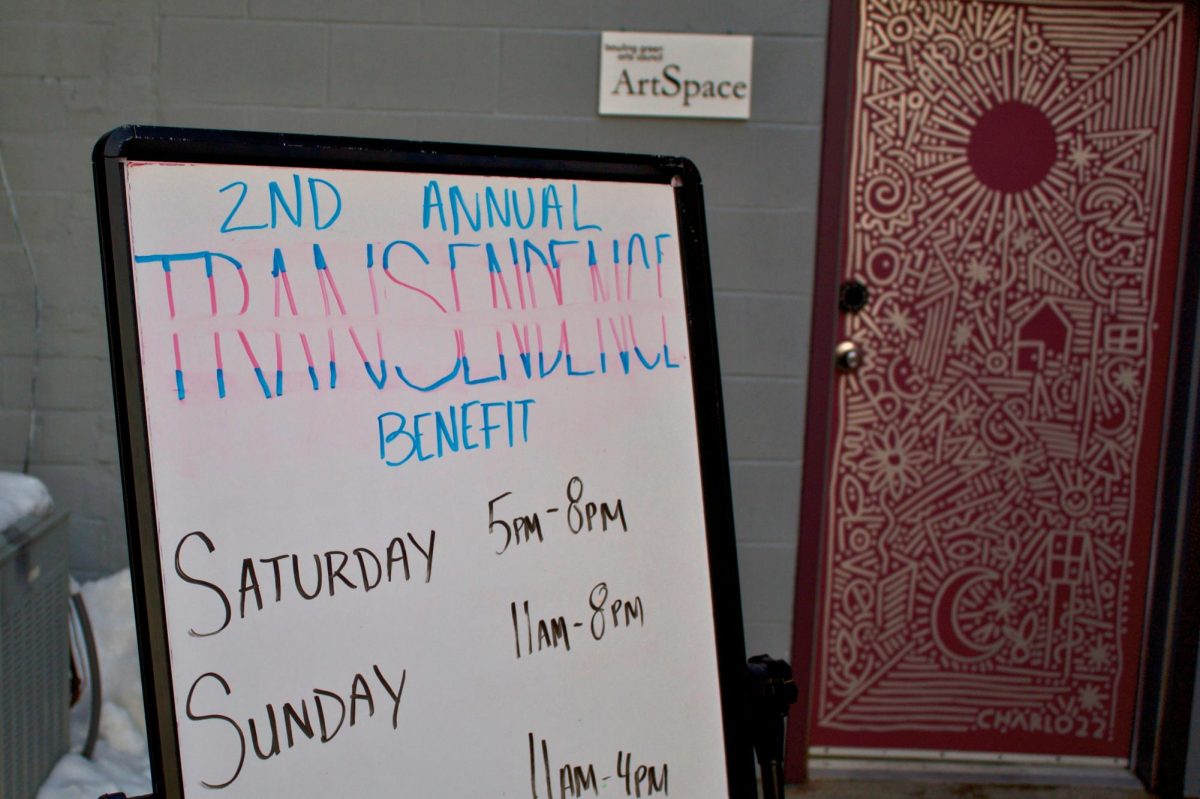Violet Jacobs is starting her second career at age 67. She’d rather be a baby sitter than a housekeeper.
Jacobs can’t wait to spend more time with her seven grandchildren. She gushes at the thought of volunteering at their schools, attending baseball games and receiving phone calls from her two sons.
“They’ll be calling all the time to have me baby-sit,” she said. “I’m not one to stay away from my grandkids … I know someday they’ll be grown and on their own … but right now I’m just too connected to them.”
Jacobs cleans four floors of Jerome Library daily, duties she inherited after the University closed its Guest House last year where she had cleaned for 30 years.
She won’t miss the 20-minute drive north to the University from her home in North Baltimore, but Jacobs will miss the structure a job in facilities services provided her for nearly 32 years.
She’s joining her husband in retirement, motivated to leave by the guaranteed $25,000 plus sick leave.
Jacobs is one of 21 facilities services classified staff electing to take the Employee Separation Program, which allows faculty and staff with 15 or more years of service to voluntarily leave in exchange for a portion of their base salary to be paid out during a set period of time.
The University expects to save $5 million in a three to five year span after 149 employees signed up.
“I just figured why not. It’s in my best interest at this time to take it,” Jacobs said. “It’s been a really positive job for me. If they wouldn’t have offered the incentive, I probably would’ve stayed to my 33 years.”
She guessed 21 of approximately 225 employees who help operate and maintain campus facilities decided to leave because they thought their jobs would be outsourced and eliminated anyway. While her job security was not in jeopardy, Jacobs said for her and others who have the years in, it just made sense to depart.
“So why not take the added bonus with it?” she said.
Facilities services workers are mostly local people who started working at the University because it was stable employment and have just stayed all these years, said Rebecca Ferguson, chief human resources officer. She said the University had been an employer of choice in the area until the recent economic difficulties.
“We’ve got a lot of folks in facilities services that come and don’t leave,” she said, noting facilities services had the largest group of departing classified, or hourly, employees.
Decisions about whether to fill facilities and other classified positions will probably be made around May, after deans and other department administrators send their proposals to the provost for approval and consideration.
As with any employee departure, the University will determine the best way to fill or not fill the positions to ensure the quality of its maintenance and upkeep.
“The loss of a high number of employees is concerning, but let’s not forget that we have a significant number of equally capable employees that remain here and are committed to doing their very best to keep their operations running smoothly,” Sheri Stoll, chief financial officer, said in an e-mail.
Stoll, who’s in charge of the department, said the high number of employees reflects the success of the program.
“Clearly, if you’ve got someone who’s been here for 30 years on the staff side of the house, they’re going to be making more money on an hourly basis or an annual basis than someone you would hire tomorrow,” Ferguson said.
Jacobs said she feels sorry for the cleaning girls she is leaving behind in Jerome Library because they’ll have to pick up all the slack. Four employees who clean in the library are leaving.
She realizes the University can’t replace everyone, but maybe student workers could help lighten the workload.
Once retired, Jacobs will possibly volunteer at the nursing home in her hometown or spend winters in Florida. She’s hoping she can settle willingly into retirement.
“I like the structure of getting up in the morning and coming to work. I’m not sure how I’m going to handle that,” she said. “I hope not to get too lazy.”
Editor’s note: Of the 834 eligible classified staff, administrative staff and faculty, 149 employees have chosen to leave the University with the Employee Separation Program. All except eight of the 38 faculty, 33 administrative staff and 78 classified, or hourly, employees will leave by June 30. This is the third part of a three-part series looking at areas affected by the program.













